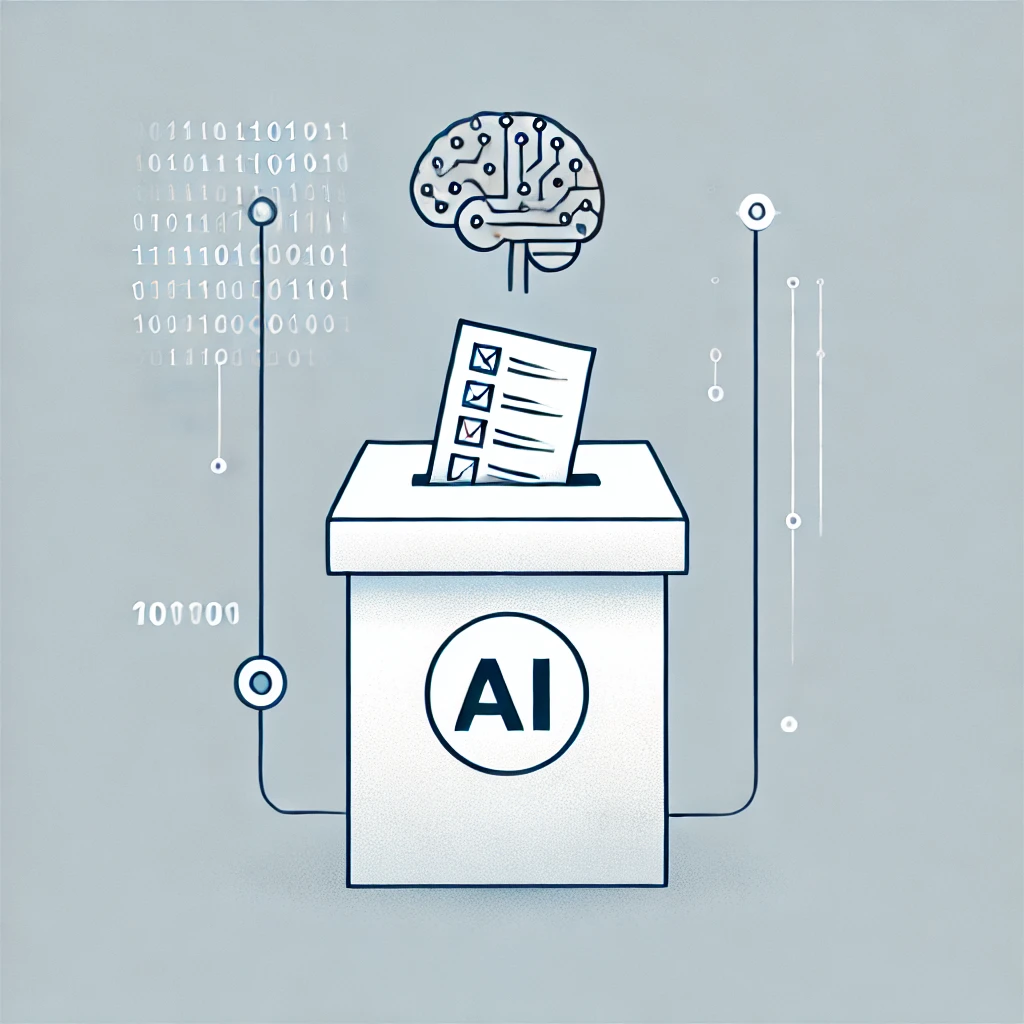With all the buzz around artificial intelligence (AI) today, there are growing concerns about its influence on elections. Many people worry that AI could be used to manipulate voters, spread misinformation, or even interfere with democratic processes. But is AI’s impact on elections being overblown? Let’s explore why the fears around AI might be more exaggerated than they need to be.
What Are the Concerns About AI in Elections?
AI technology is powerful and can do many things that were once thought impossible. Because of this, people worry it could be used to:
- Spread Fake News: AI can generate realistic-looking news stories, videos, or images that might mislead voters.
- Micro-Target Voters: AI can analyze data to target specific groups of people with tailored political messages, which could sway their opinions or votes.
- Automate Fake Accounts: AI-powered bots can flood social media with fake content, creating the illusion of widespread support for a candidate or issue.
While these concerns are valid, the real question is: how big of a threat do they actually pose?
Why the Fear Might Be Overstated
- AI Alone Doesn’t Change Minds: Even if AI is used to spread fake news or propaganda, it doesn’t necessarily mean people will believe it. Studies show that people are becoming more aware of misinformation and are more skeptical of what they see online. Just because AI can create misleading content doesn’t mean it will always be effective.
- Humans Still Play a Bigger Role: AI is a tool, not a decision-maker. The real impact comes from how humans choose to use these tools. Campaigns, political groups, and individuals still need to decide how to use AI to influence voters. Without smart strategies, AI by itself won’t automatically sway an election.
- Existing Safeguards and Awareness: Tech companies and governments are already working to combat AI-driven misinformation. Platforms like Facebook, Twitter, and YouTube have increased their efforts to identify and remove fake accounts and misleading content. Awareness campaigns and fact-checking initiatives also help voters make more informed decisions.
- Overestimating AI’s Capabilities: While AI can produce impressive results, it’s not perfect. AI-generated content often lacks nuance and can be detected by trained eyes or sophisticated algorithms. Many AI-generated texts or deepfake videos have tell-tale signs that experts can spot, making it harder for AI to completely deceive a well-informed public.
The Real Issues to Focus On
Instead of fearing AI as an unstoppable force that will change elections overnight, it’s more important to focus on the real challenges:
- Regulating AI Use in Campaigns: Clear rules about how AI can be used in political campaigns could help prevent abuse while allowing beneficial uses, such as data analysis for better understanding voter concerns.
- Educating the Public: The more people understand AI and its capabilities, the less likely they are to be fooled by AI-generated content. Media literacy programs and critical thinking skills are essential to building a more informed electorate.
- Improving Transparency: Platforms that host political ads and content should be transparent about what is AI-generated and what is not. This transparency can help voters distinguish between genuine content and automated propaganda.
Conclusion
While AI has the potential to impact elections, its influence is likely being overstated. The technology is a tool that can be used in various ways, both good and bad. However, the power to sway elections still lies in human hands—voters, campaigners, and regulators. With the right safeguards, education, and regulations in place, AI doesn’t have to be a major threat to democracy. Instead, it can be managed and used responsibly to enhance, not harm, the electoral process.





